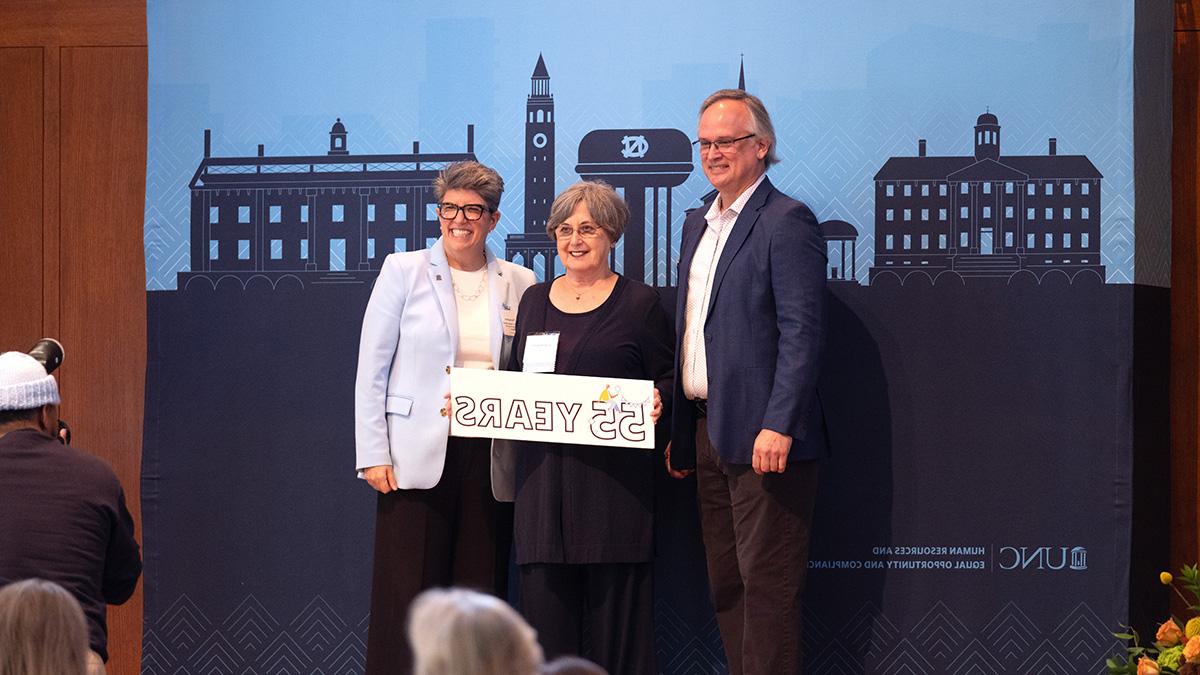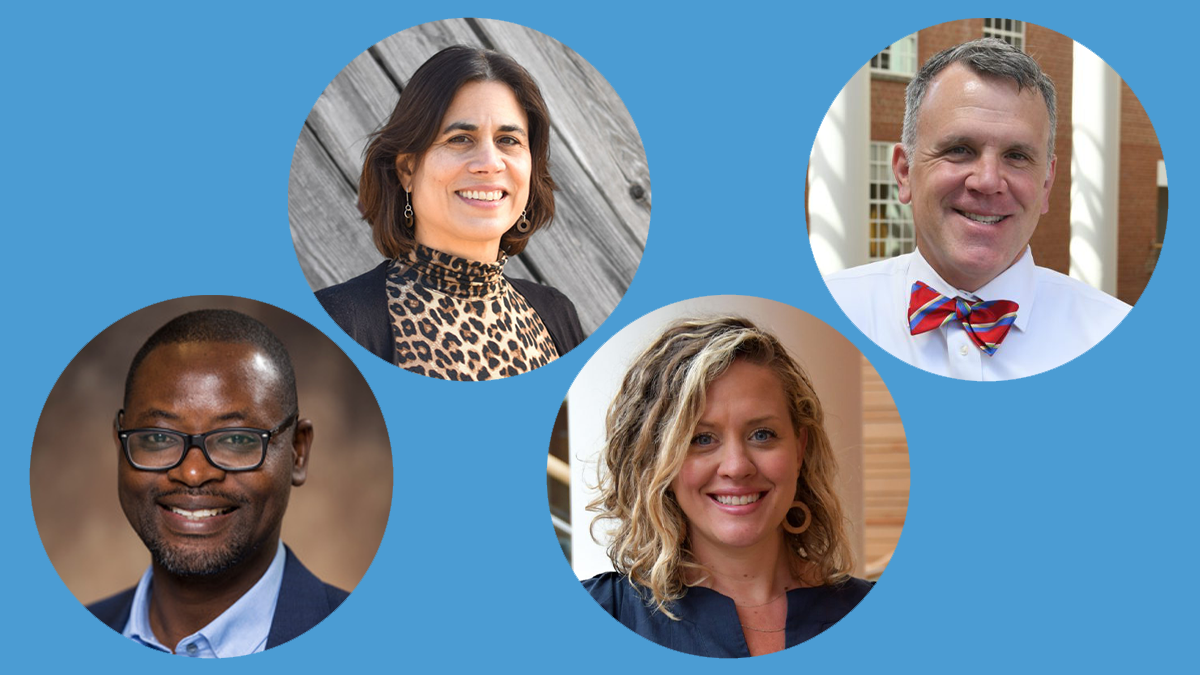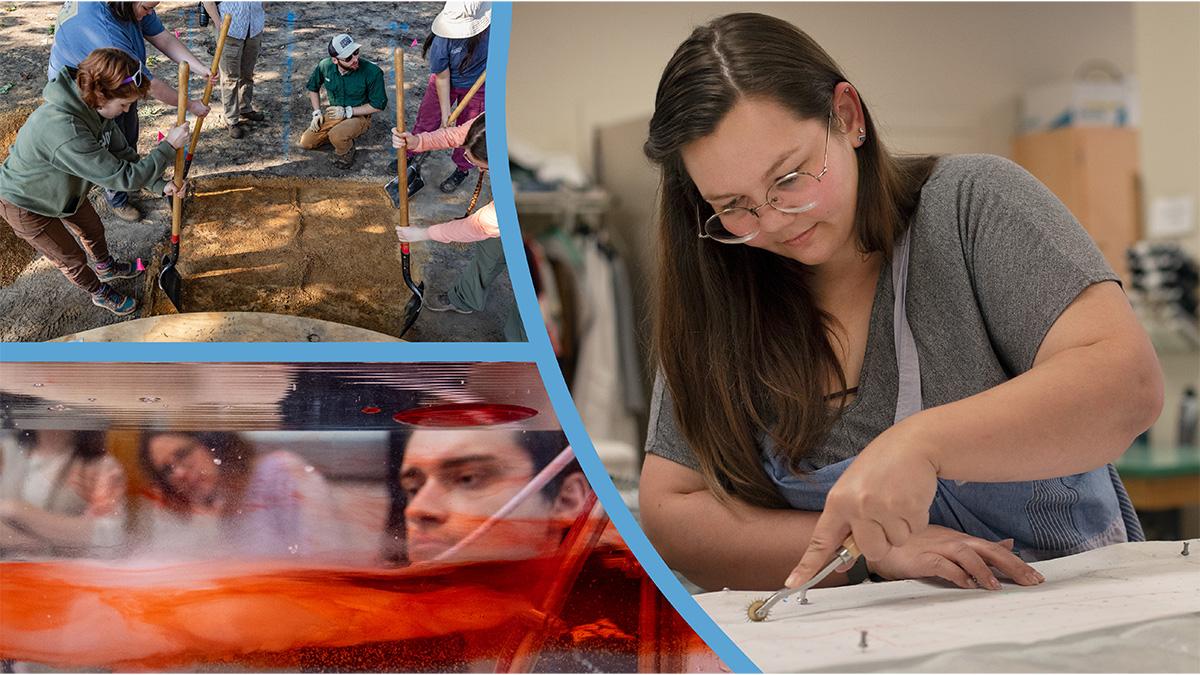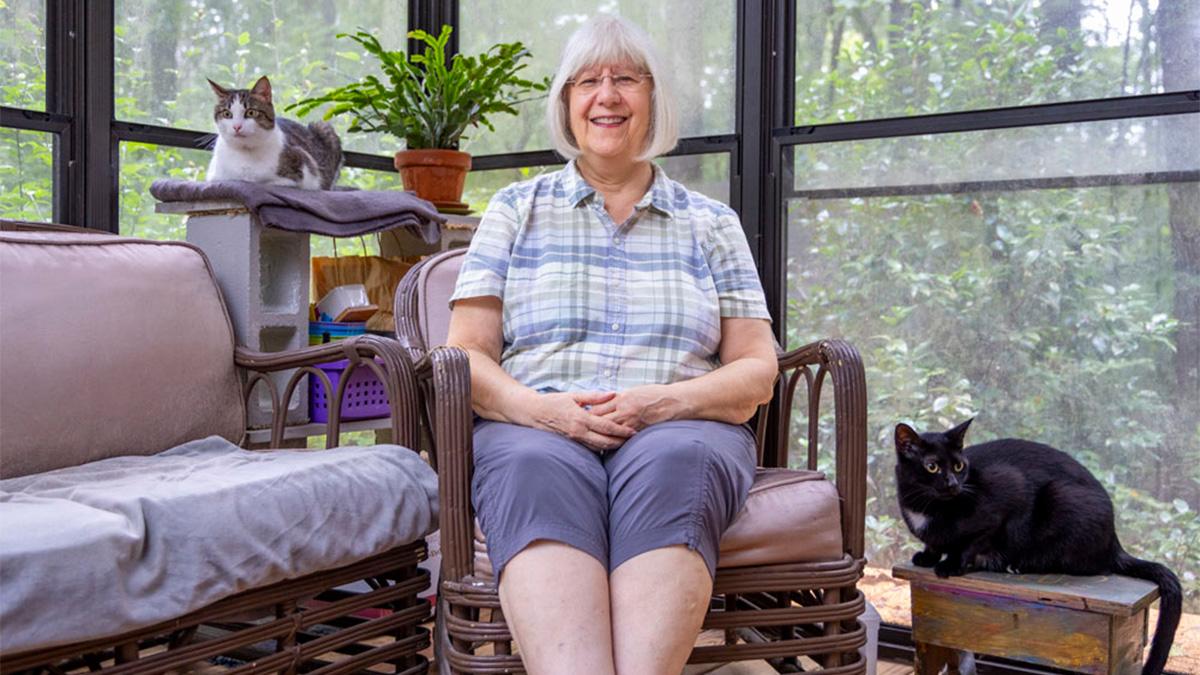研究人员使用数据科学来解决无家可归问题
Data science and social work faculty member Hsun-Ta许 combines machine learning with data and community feedback.

在美国.S., more than 650,000 people don’t have homes — up 12% in 2023. That’s the largest jump seen since the government began collecting this data in 2007. 三角也不例外. 超过6000人被认定为无家可归者 在罗利和威克县. 达勒姆现在 无家可归者的数量翻了一倍 和2020年一样.
这些数字驱动着 Hsun-Ta许, who’s spent the last decade working with some of the largest homeless populations in the country, 在洛杉矶和圣. Louis, using innovative tools to address this problem.
In July 2023, Hsu’s unique skillset led him to Carolina, where he is a professor in both the 北卡罗来纳大学社会工作学院 和新的 北卡大学数据科学与社会学院.
“Dr. Hsu is a prime example of how interdisciplinary data science can create insights that transform a seemingly intractable, 把多层次的社会问题变成可以解决的问题,SDSS院长 斯坦Ahalt 说.
Ramona Denby-Brinson, dean of social work, agrees about Hsu’s skills. “His work advances our understanding of neighborhood structures, the development of effective intervention programs and services, and how we can employ social networks in more practical terms to produce better health and behavioral outcomes for the unhoused.”
一项人权
Hsu learned about social work in high school when his adviser recommended that he major in it based on his background and interests. In college, he earned bachelor’s, master’s and doctoral degrees in social work.
“I had relatives and people I was close to who were suffering with mental health-related issues, 包括自杀企图和药物滥用,他分享道。. “When I was younger, I didn’t know how to deal with it. So I was really thinking about that — and I wanted to do something about it.”
In 2010, at the start of his doctoral program at the University of Southern California, Hsu got his first look at the 50-block area of Los Angeles known as Skid Row. “I saw a young mother in a wheelchair breastfeeding her baby, 被帐篷包围, 难闻的气味和极度的贫穷,许回忆道. “这样不行. 对我来说,住房是一项人权.”
Hsu analyzed data from interviews with people housed by the Los Angeles Homeless Service Authority. He documented neighborhood characteristics for 50 blocks, 一个耗时, labor-intensive process that he thought technology could improve.
在参加了暑期奖学金之后 南加州大学社会人工智能研究中心, he started developing a mapping tool that uses machine learning to automate the identification of objects like garbage and broken-down cars.
社区中心的研究
自2010年以来, 全国各地的城市都使用了另一种工具, 脆弱性指数, 优先考虑谁能得到住房.
“It’s a triage tool like we use in the emergency room,” Hsu explains. “We are measuring how vulnerable one is on the street and then bumping them up on the priority list to get them housing.”
In 2019, Hsu teamed up with CAIS re太阳城娱乐城er Eric Rice to improve this tool by combining demographic data with feedback from community stakeholders. They said they want to be considered for housing based on assets, not deficits. This “super important” feedback helped Hsu and Rice revise the vulnerability index survey to include questions focused on an individual’s positive traits.
Now Hsu is bringing this project model to rural communities, where 近 8.7万美国人无家可归. Hsu believes his re太阳城娱乐城 in both rural and urban homeless populations will aid future projects in North Carolina and beyond.
“无家可归是一个全国性的问题,”阿哈尔特强调. “This re太阳城娱乐城 will create a replicable process that can be used in North Carolina and across the country.”







